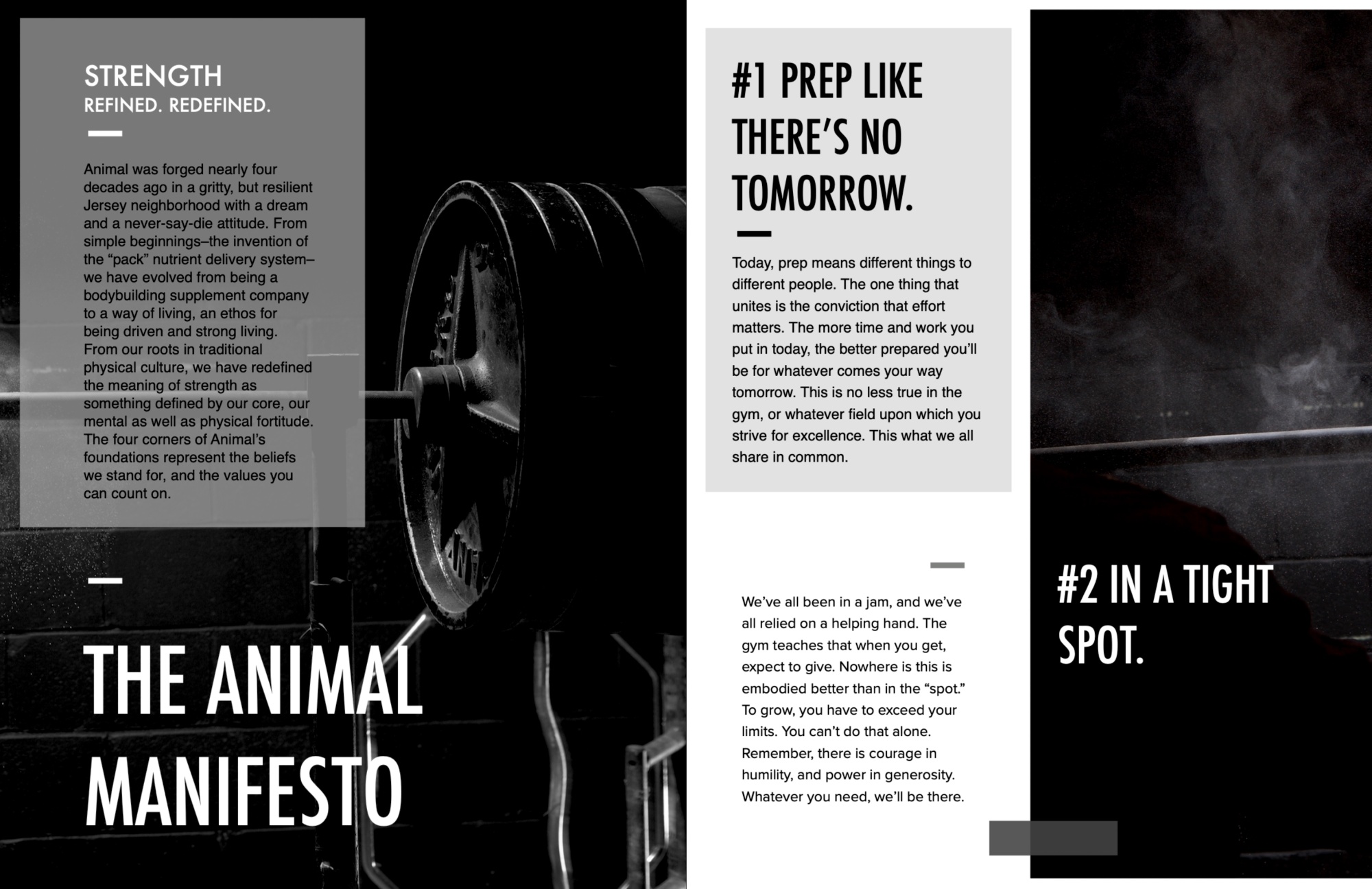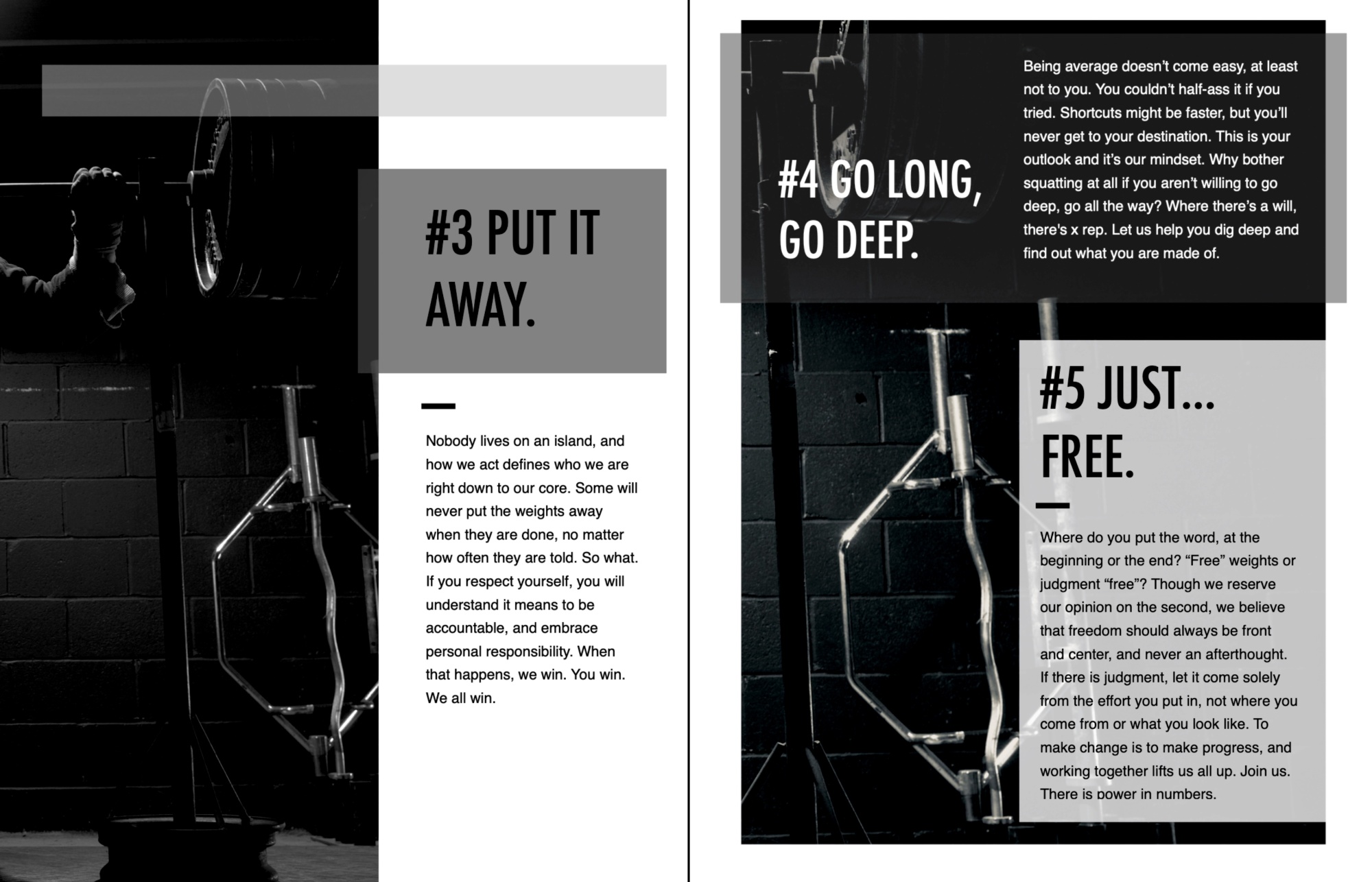MARKETING | "Branding Is Boring"
Leave Your Ego At The Door
Leaving your ego at the door is a common saying in gyms. In a similar way, creative types need to think of brand and brand-building in a very structured way. As I've often told my marketing team, if you do your job right, it should be boring. Of course this sounds like hyperbole and it is. What I really want to emphasize to direct-reports is that good branding is about consistency. Consistency means deviating as little as you can.
With each new project or ad, you're not trying to re-create the wheel; marketing a brand is about the brand and not about you trying to leave a mark on the world. For some, that's tough to swallow. Of course, the paradox is apparent. Isn't marketing about creativity? If so, how you can be creative while being consistent? Of course, this goes back to the concept of creative restraint. Within the structure of order and consistency, there is room to be as creative as you like.
When a brand has matured to a point, it's important to create that consistency by making sure everyone who touches the brand is aware of what makes it the way it is, from artwork to fonts. The Animal Brand Book is a 25-page document that outlines some very important Do's and Don'ts. Below, are a few pages from that brand book.
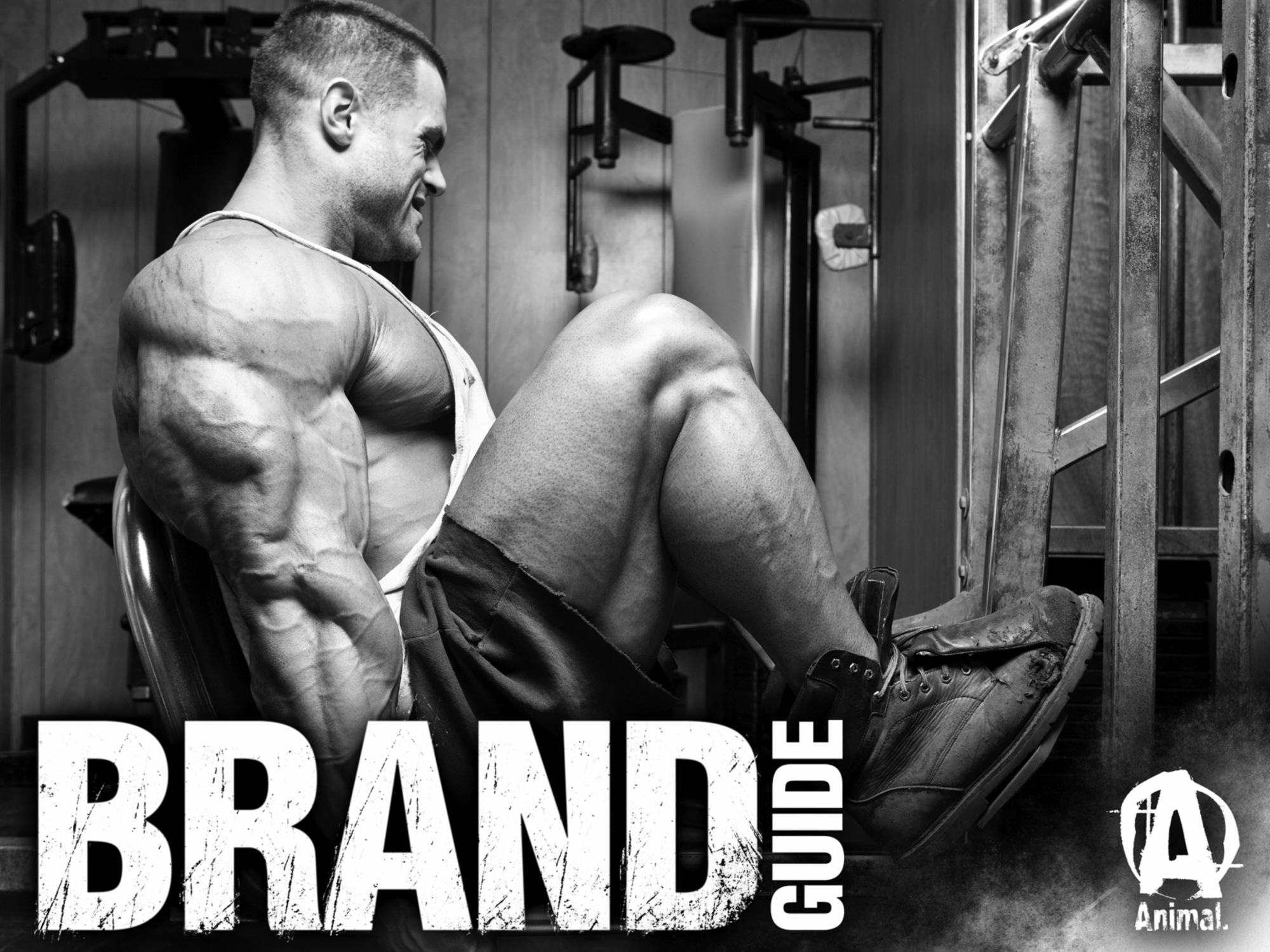
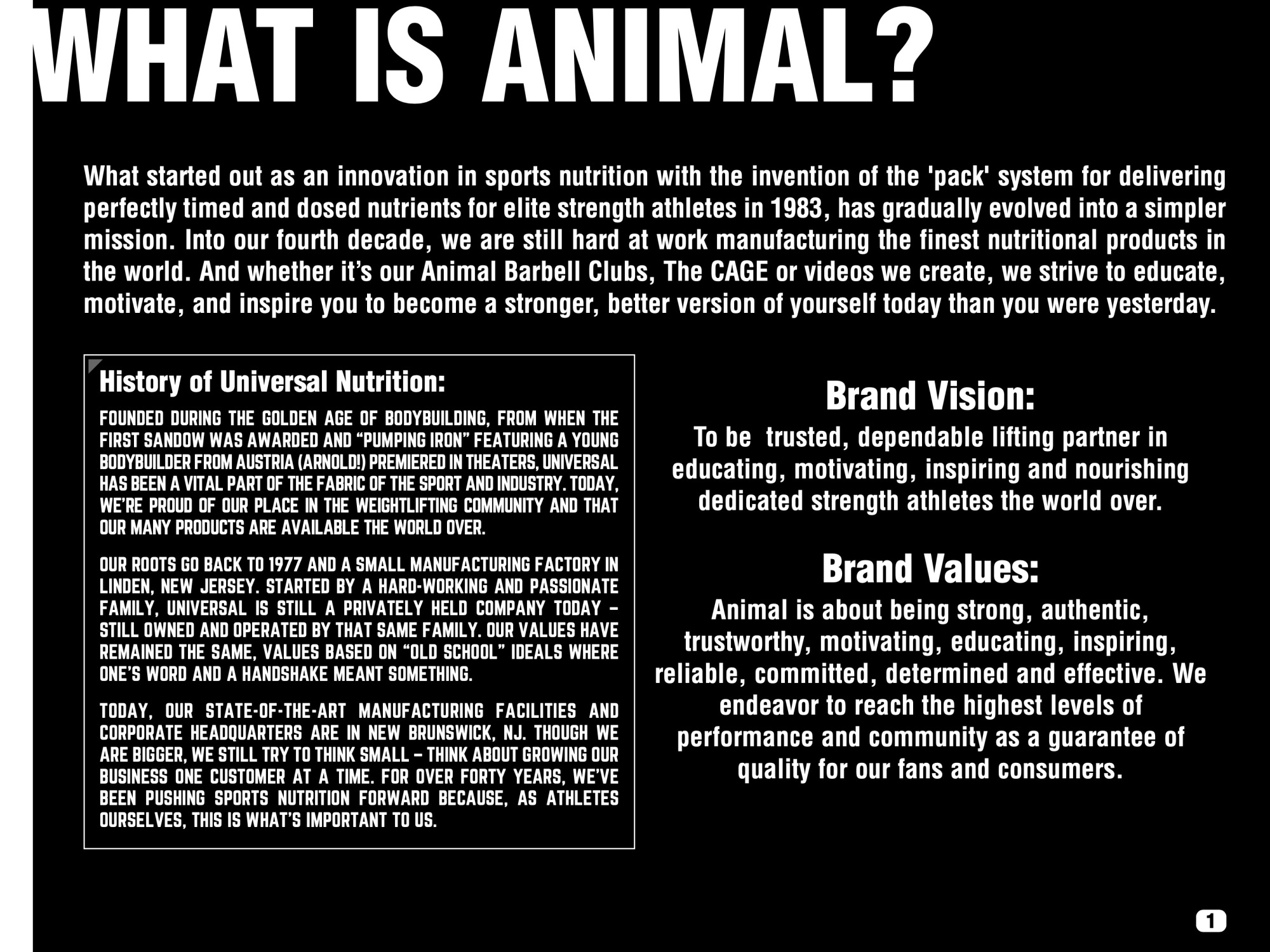
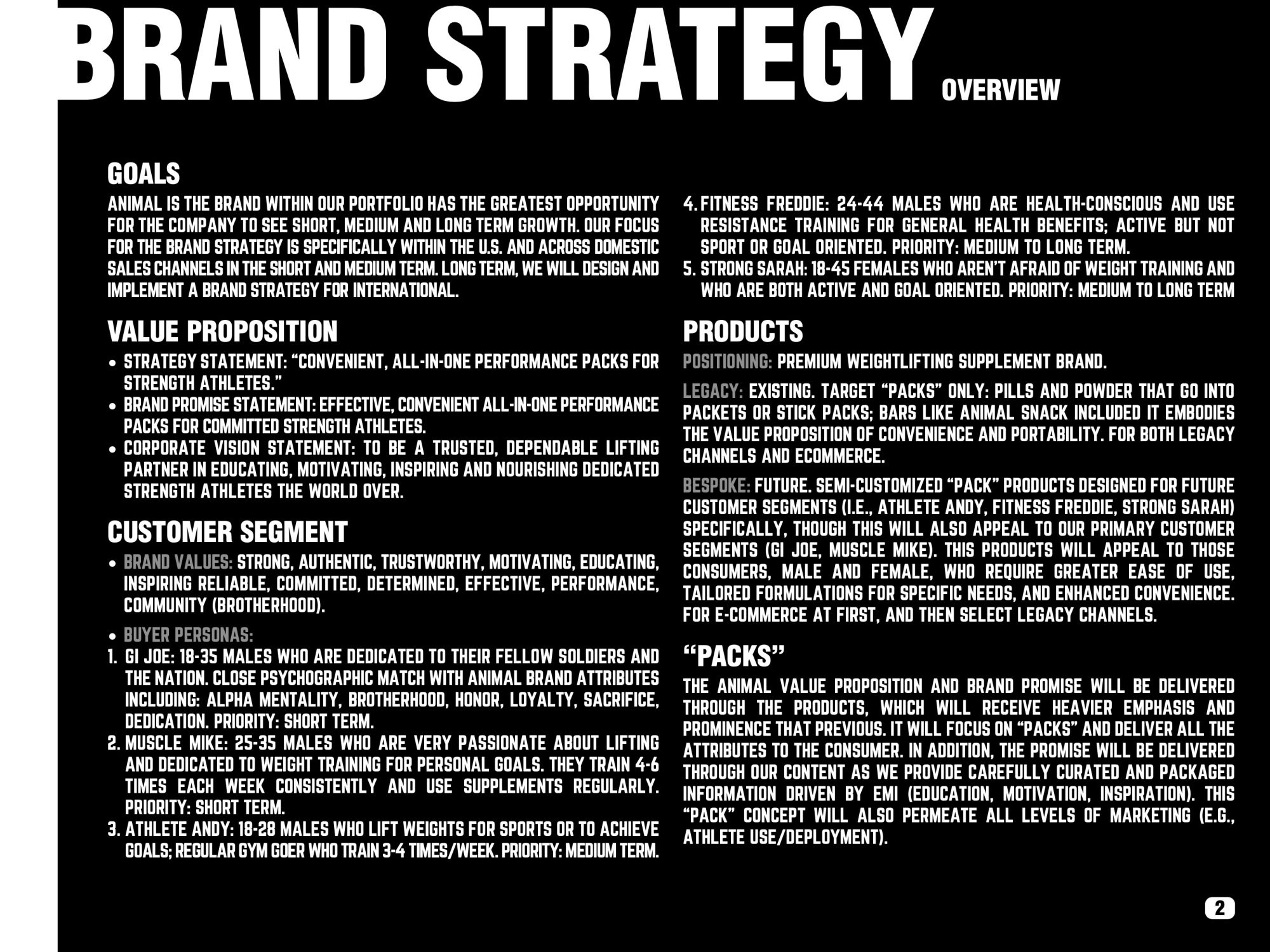
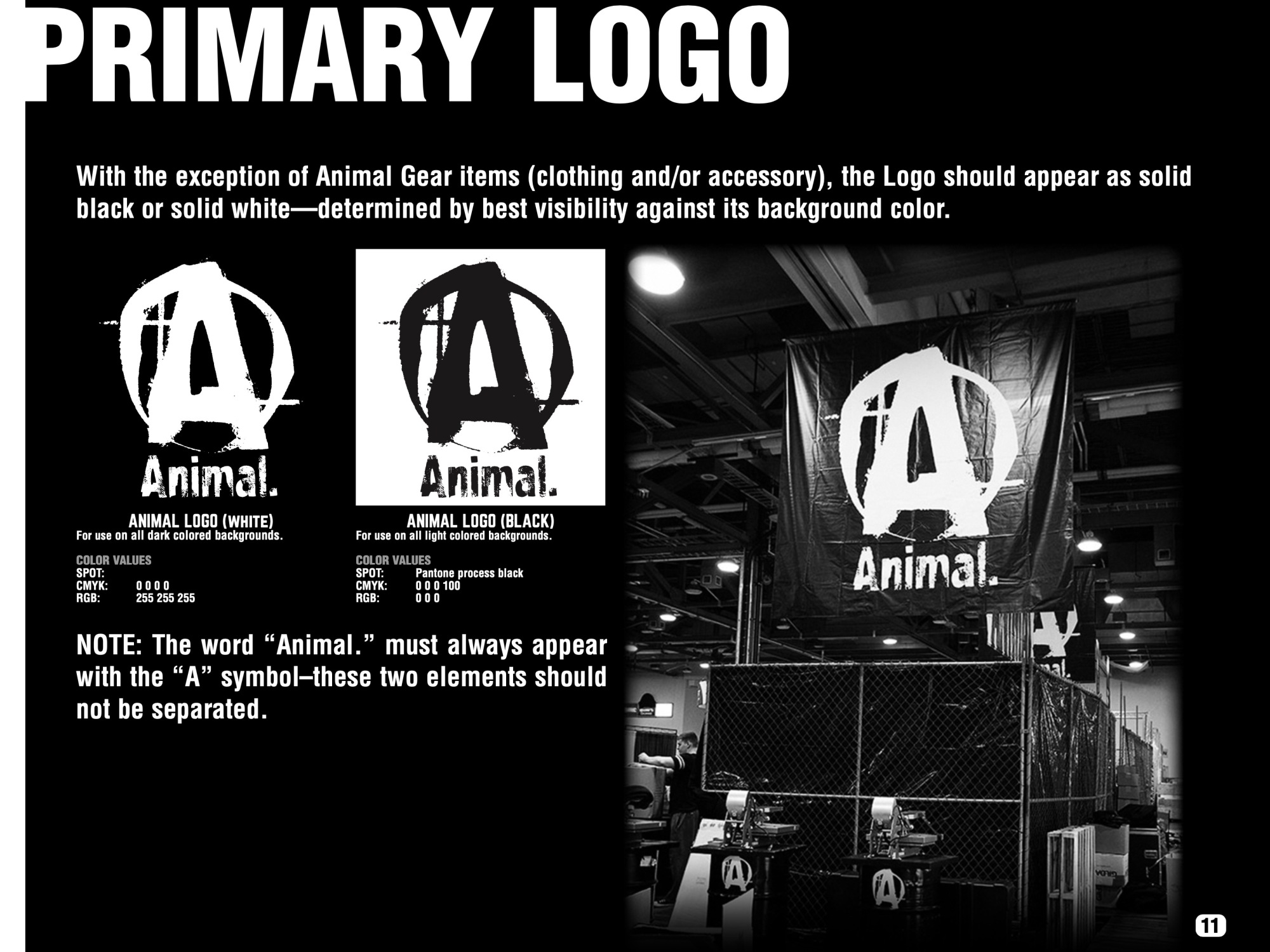
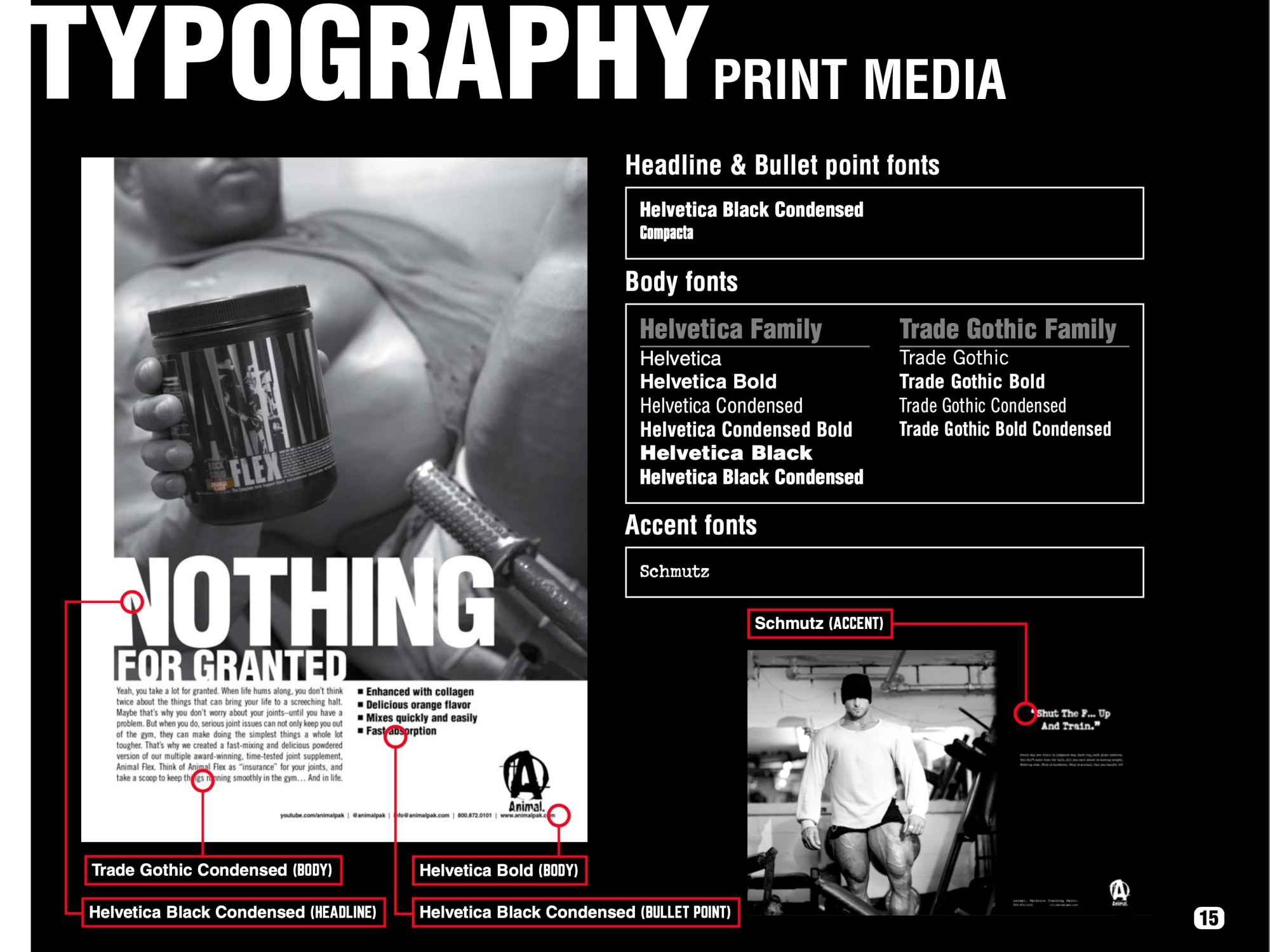
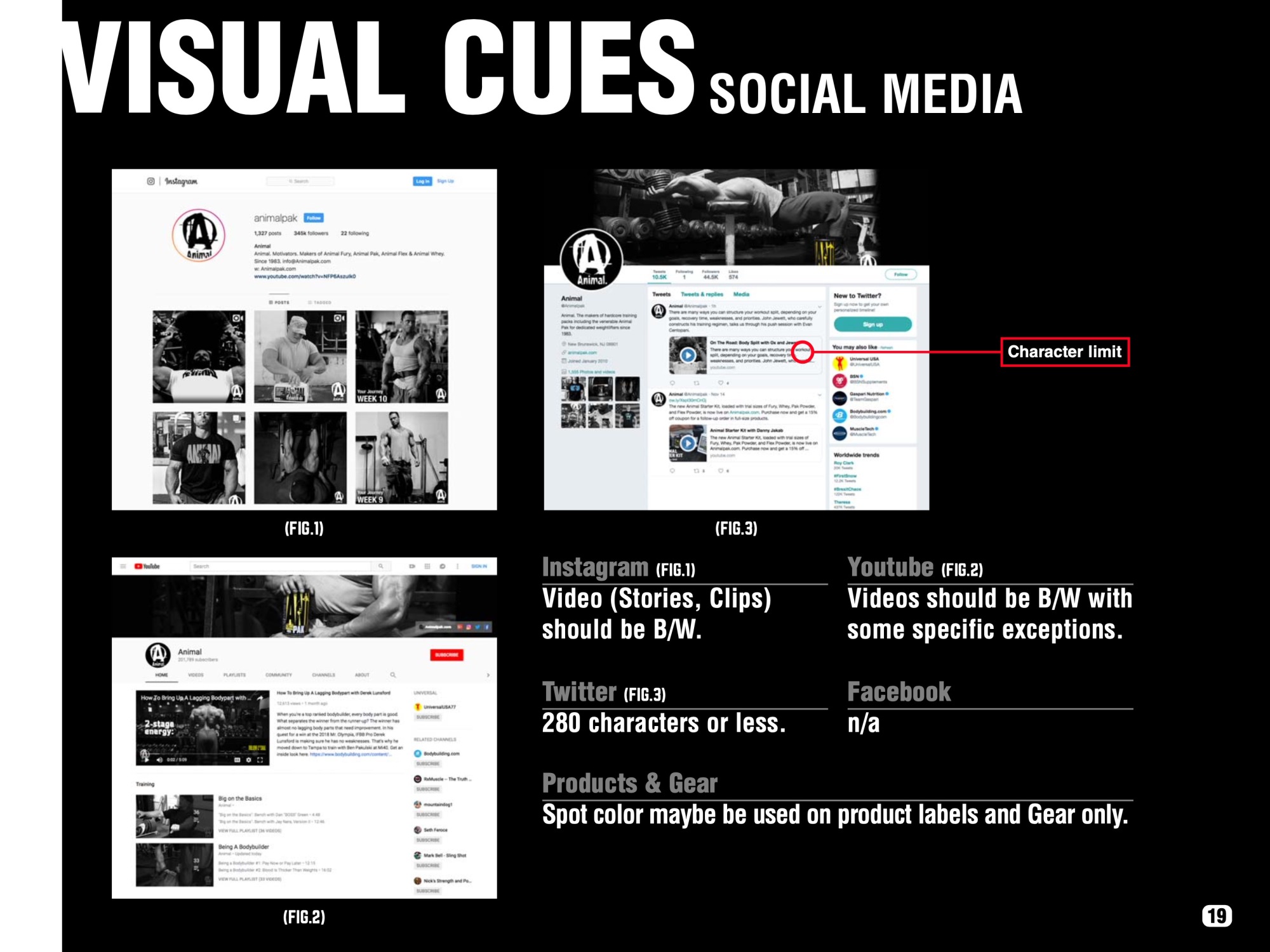
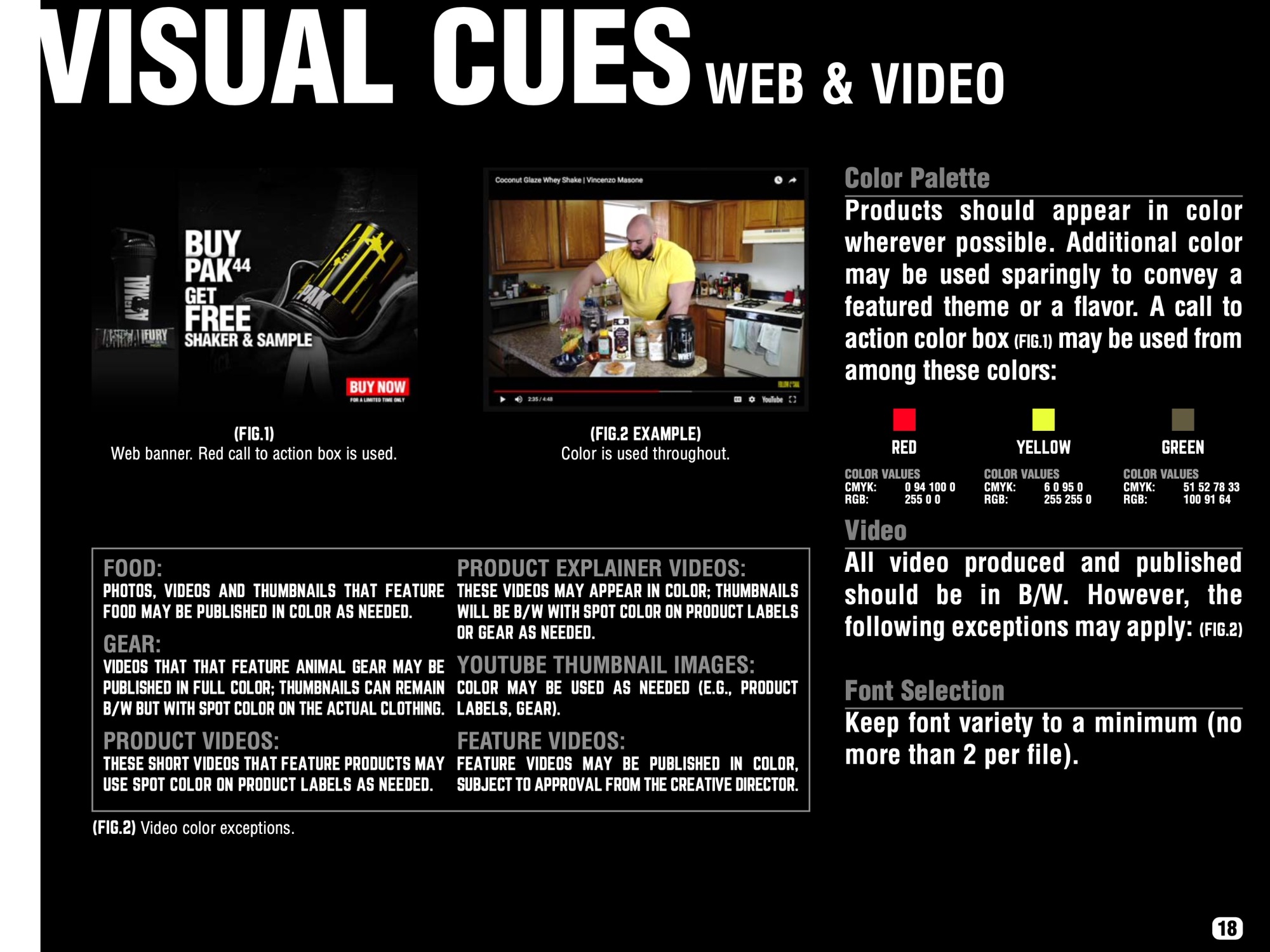
• • •
Animal Brand | The 4 Pillars
SEMI, or the 4 Pillars, is another guide I created to help ensure marketing consistency at every level. Though we mostly applied it to content (all types from social media to website), SEMI could be used by those outside Marketing, including Sales.
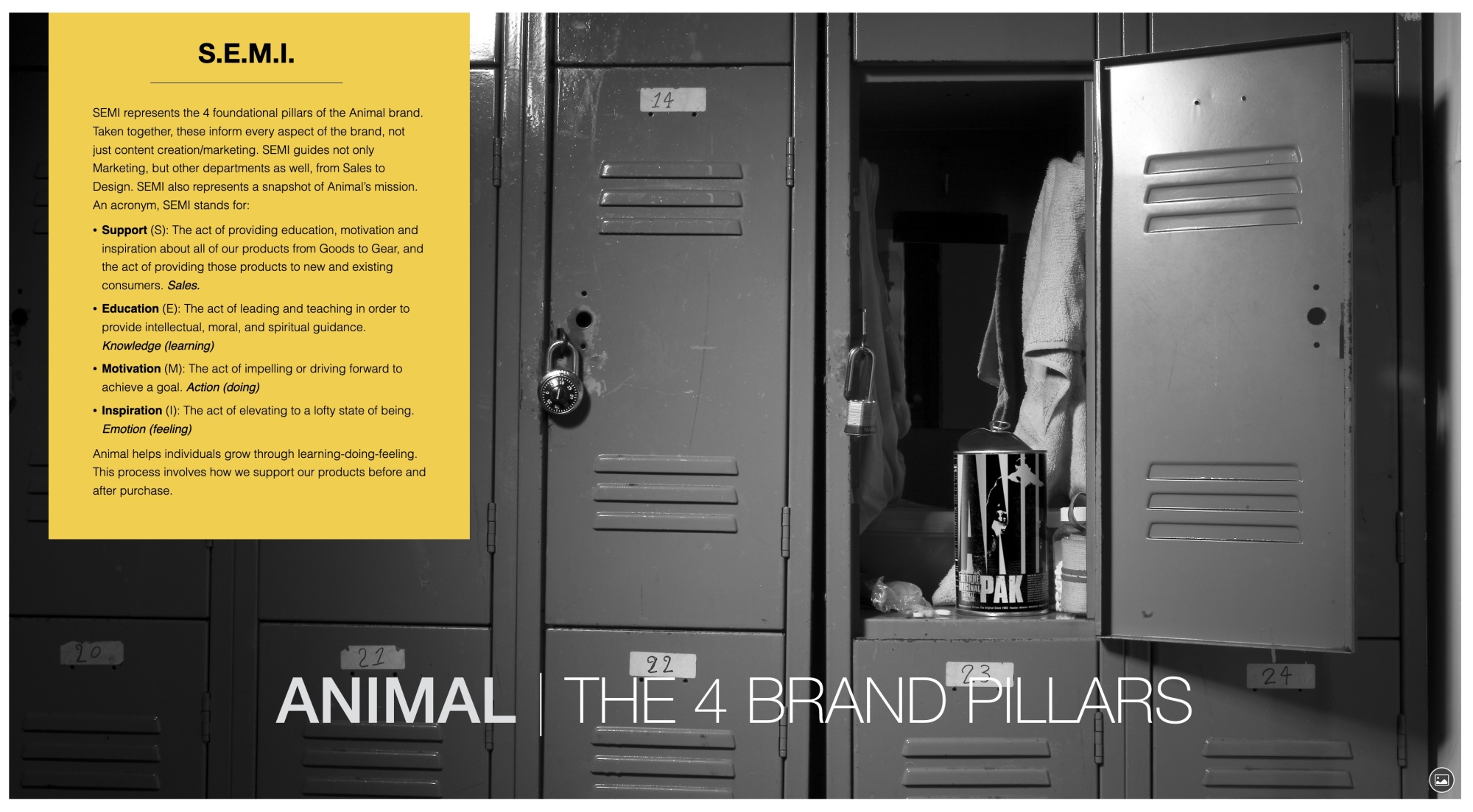
Mindmap | S.E.M.I.
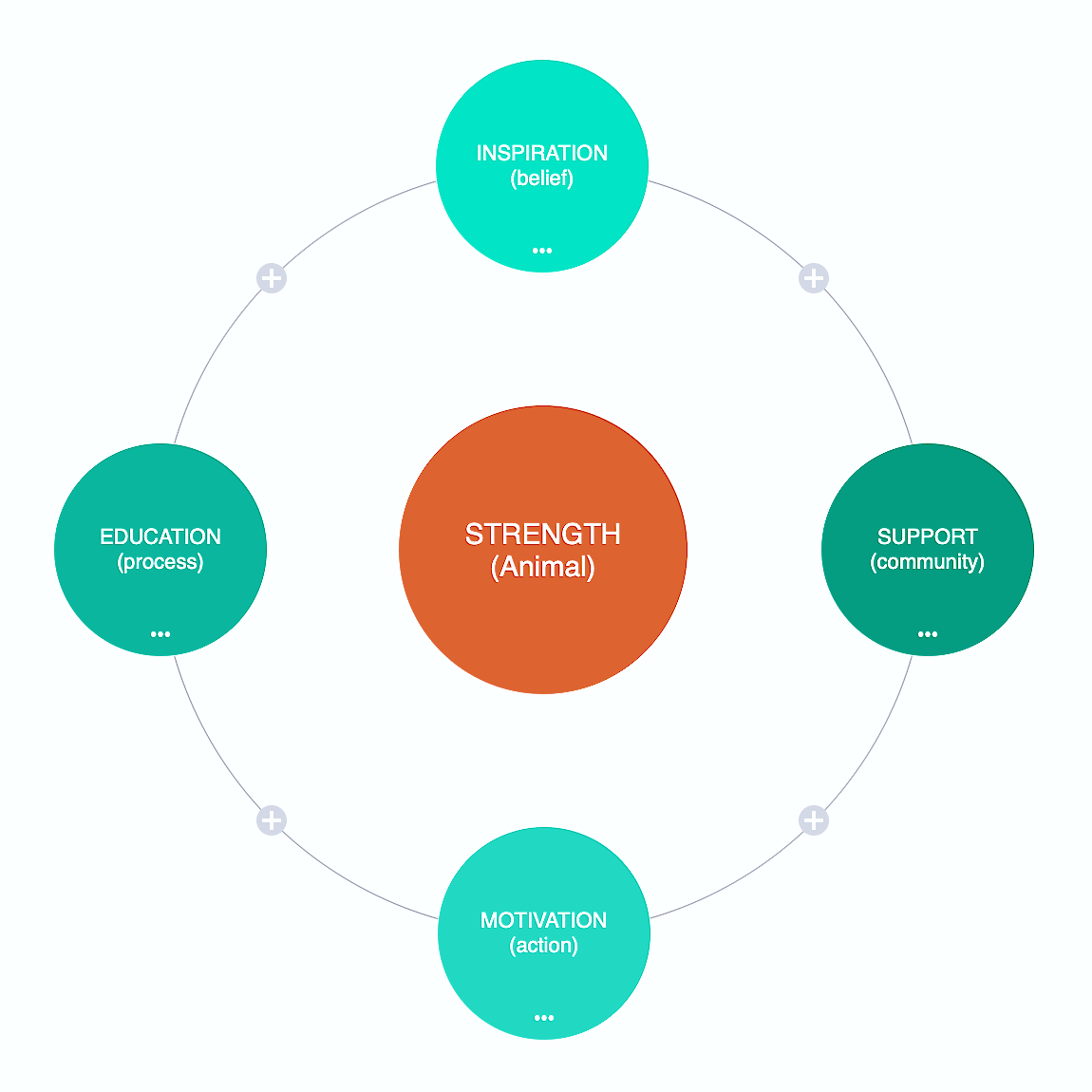 Above, a visual representation of Animal's 4 Pillars.
Above, a visual representation of Animal's 4 Pillars.
• • •
Animal Brand | Animal Manifesto
